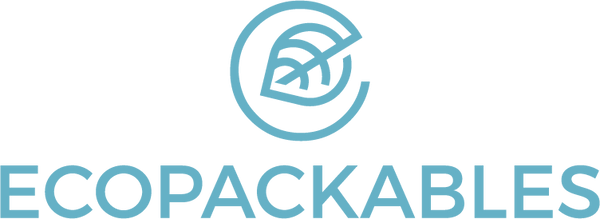-

-
Are you looking for a sustainable alternative to your plastic polybag packaging? Then this guide is for you!
For decades, plastic polybags have dominated the packaging industry, offering a lightweight and affordable solution for protecting and organizing products. However, with sustainability becoming a priority for both consumers and brands, the shift to paper-based alternatives is accelerating. Ocea™ bags present a premium, eco-friendly solution that meets sustainability goals without compromising functionality or aesthetics.
In This Guide
- How Ocea™ Bags Are Made
- The Transition from Plastic to Paper Packaging
- Why Paper is a Better Choice
- Considerations & Drawbacks of Paper Packaging
- Companies Leading the Shift from Plastic to Paper
- Industries & Applications for Ocea™ Bags
How Ocea™ Bags Are Made
Ocea™ bags are crafted from glassine paper, a high-quality, translucent material that is both strong and fully recyclable. Glassine paper is produced through a specialized process that enhances its smooth texture, durability, and resistance to grease and moisture.
The manufacturing process involves:
-

1. Sourcing Sustainable Paper
Paper fibers are sourced from responsibly managed forests and recycled materials.
-

2. Pulp Refinement
The fibers undergo extensive mechanical beating to break them down further, aligning the fibers more uniformly and enhancing the paper’s density.
-

3. Paper Formation
The refined pulp is spread into thin sheets and dried, forming the base structure of the glassine paper.
-

4. Supercalendering Process
The dried paper is then passed through a series of heated, high-pressure rollers (supercalenders) that compress and smooth the surface, giving it a sleek, polished, and slightly glossy finish.
-

5. Printing & Customization
Branding elements, logos, certiicationa dn material information as well as other designs are printed onto the paper. Design can include up to 7 different colors.
-

6. Cutting & Converting
The printed glassine paper is then cut into specific sizes based on the intended application and options for permanent or resealable adhesive closures are added.
This meticulous production process makes Ocea™ bags an excellent alternative to plastic polybags, offering an eco-friendly yet functional packaging solution for various industries. The paper used is a mix of FSC-certified virgin fibers and recycled content, ensuring responsible sourcing and reduced environmental impact.
The Transition from Plastic to Paper Packaging
The shift from plastic to paper packaging is driven by growing awareness of plastic pollution and the increasing demand for sustainable alternatives. Governments and environmental organizations have set stricter regulations on plastic use, while consumers actively seek eco-friendly options.
Key reasons behind this transition include:
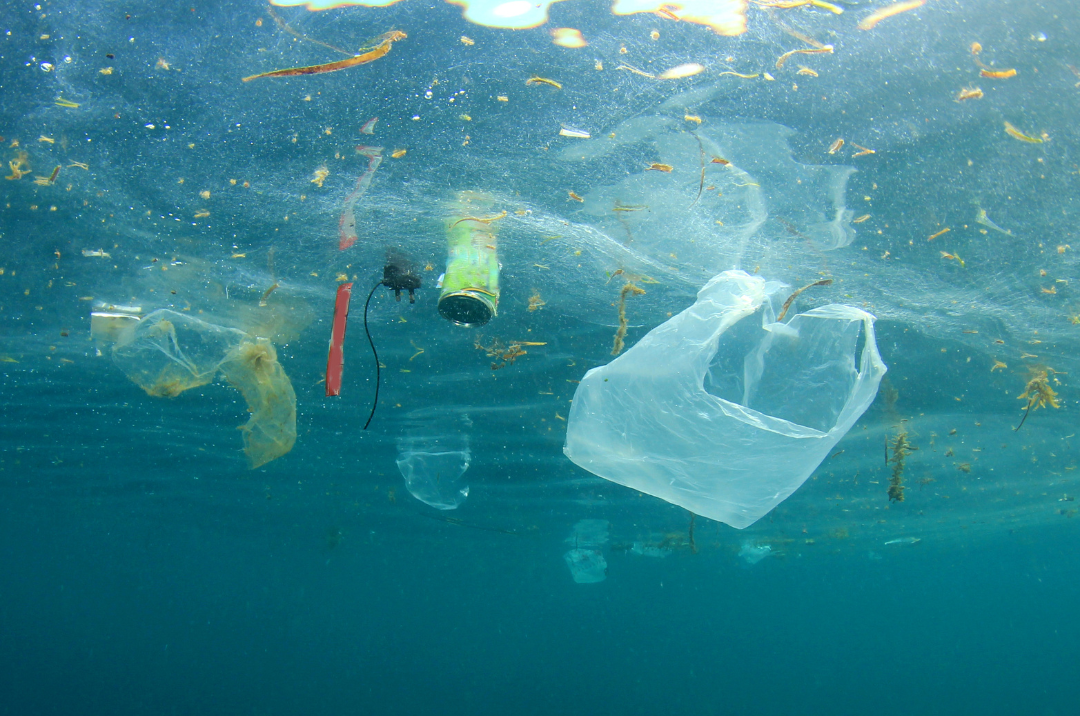
Plastic Pollution Crisis
Thin film plastics, like those used in traditional polybags, are difficult to recycle and often end up in landfills or oceans.

Recycling Challenges
Many plastic polybags are not accepted in curbside recycling programs, making disposal difficult and unsustainable.

Consumer Expectations
With sustainability becoming a selling point, brands that adopt greener packaging gain a competitive edge.

Regulatory Pressure
Many countries and regions are imposing bans or taxes on single-use plastics.
Why Paper is a Better Choice
While plastic packaging has long been valued for its flexibility and moisture resistance, its negative impact on the environment outweighs its benefits. Paper packaging, particularly Ocea™ bags, offers several advantages:
-

Fully Recyclable
Unlike thin-film plastics, which require specialized recycling facilities, paper bags can be easily processed through curbside recycling programs.
-

Biodegradable & Compostable
Paper naturally decomposes without leaving microplastics behind.
-

Lower Carbon Footprint
The production and disposal of recycled paper packaging have a smaller environmental impact compared to plastics.
-

Consumer Appeal
Eco-conscious consumers prefer paper-based packaging due to its sustainable nature.
Considerations & Drawbacks of Paper Packaging
-
While paper packaging offers numerous benefits, there are some considerations to keep in mind:
- Moisture Sensitivity – Paper is not waterproof (water-resistant to a degree, yes but not completely waterproof), making it unsuitable for products requiring a high moisture barrier.
- Durability vs. Plastic – Though Ocea™ bags are quite strong, they are still more prone to tearing than plastic counterparts.
- Higher Production Costs – Sustainable paper packaging can be slightly more expensive due to material sourcing and processing.
- Storage & Handling – Paper bags must be stored in dry environments to maintain their integrity.
-

Companies Leading the Shift from Plastic to Paper
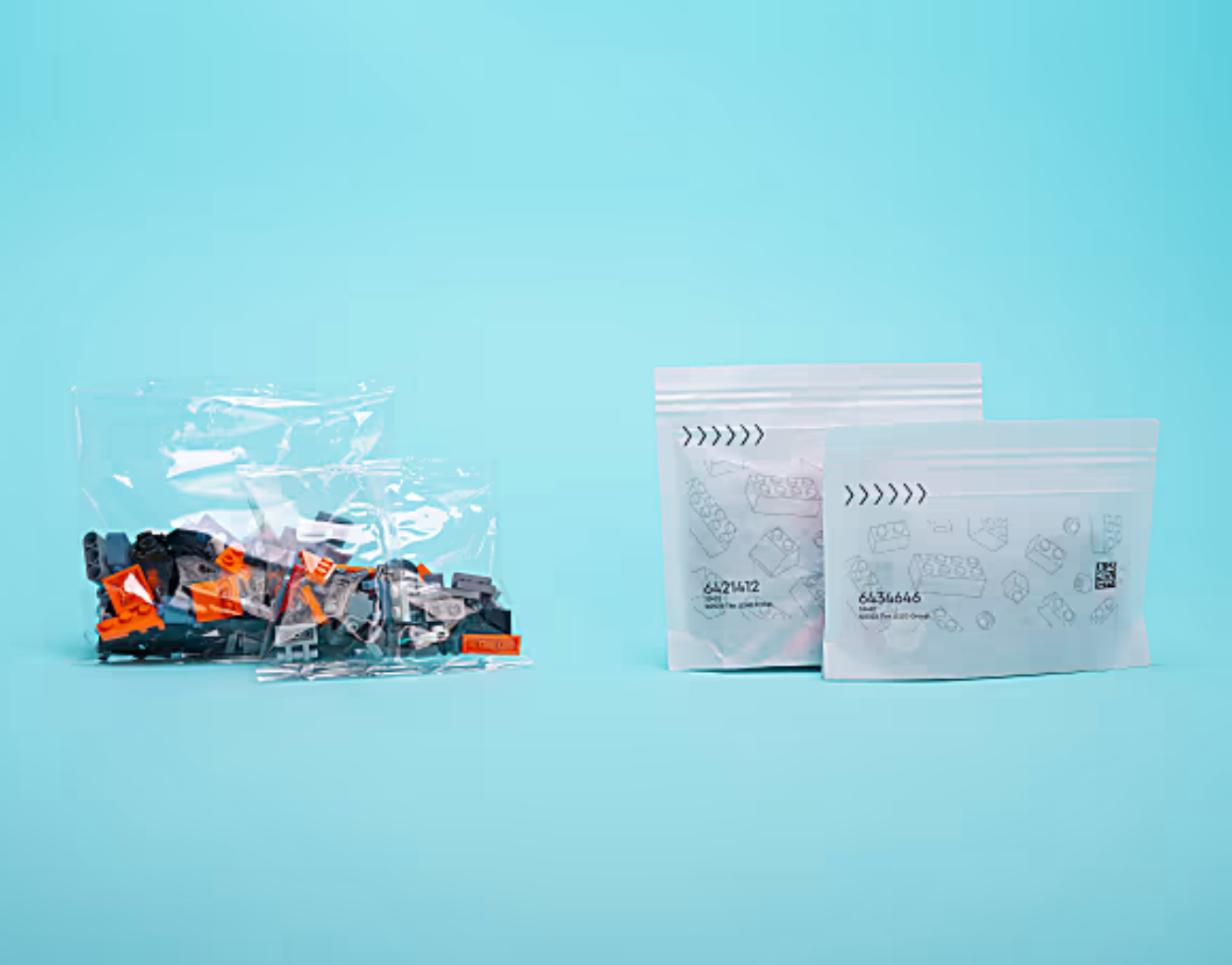
Lego
In an effort to reduce plastic waste, Lego has transitioned from plastic polybags to recyclable paper-based alternatives for their packaging. They ended up improving the customer experience with packaging that is easier to open.
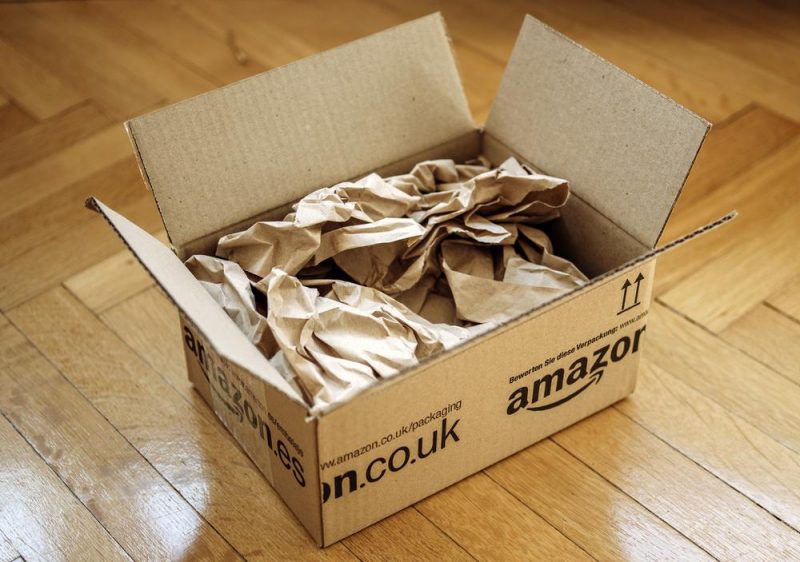
Amazon
The e-commerce giant has replaced 95% of plastic air pillows in North American delivery packaging with curbside-recyclable paper filler made from 100% recycled content, aiming for full removal by year-end. This shift reduces plastic waste, improves efficiency in fulfillment centers, and makes recycling easier for customers.
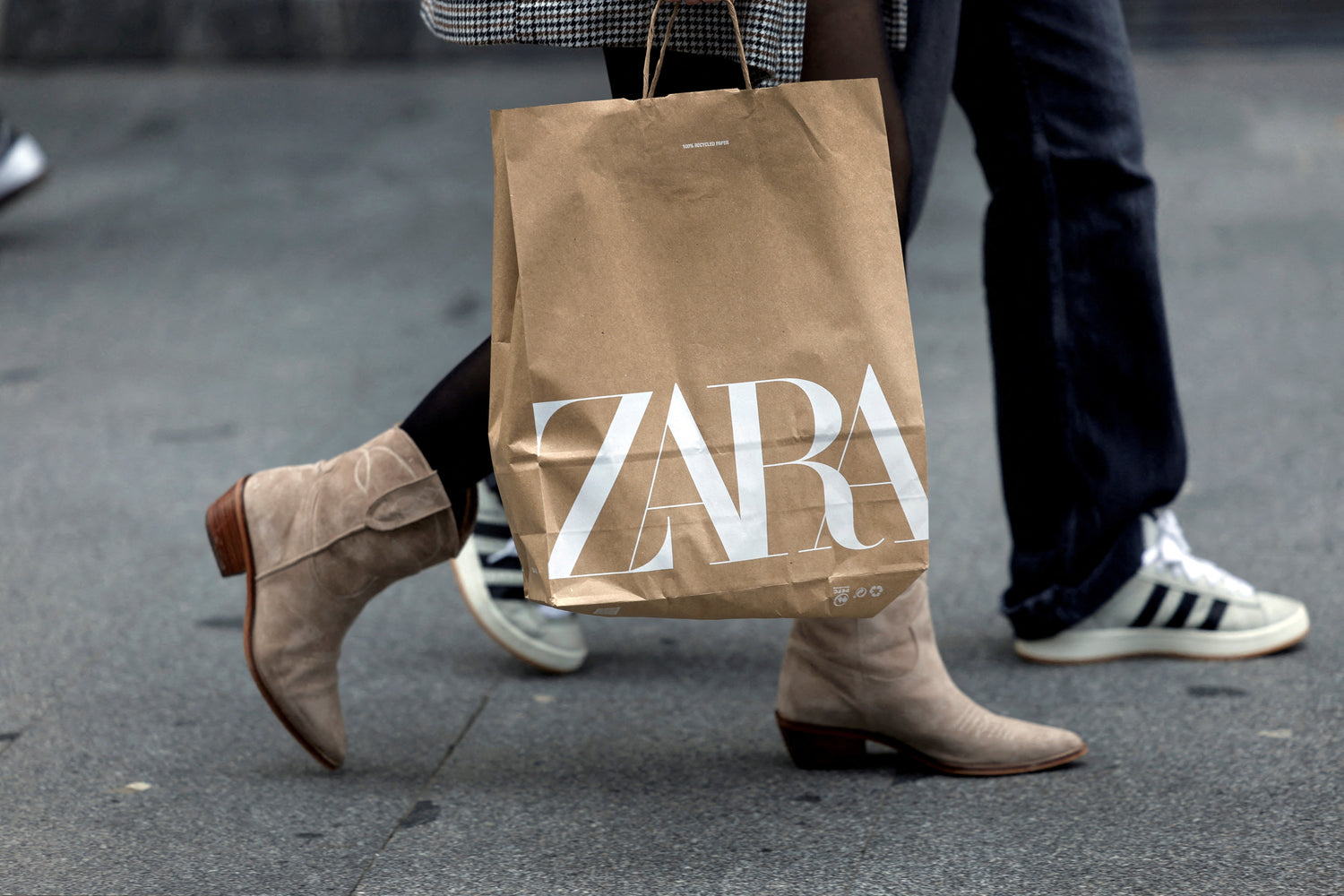
Zara
The fashion retailer, through its parent company Inditex, has transitioned from plastic to recycled and recyclable paper packaging. By 2020, it eliminated plastic shopping bags across all brands and phased out single-use plastics for customers by 2023. Inditex also sources paper packaging from FSC-certified materials and reuses warehouse-to-retail paper boxes multiple times before recycling.
Industries & Applications for Ocea™ Bags
Ocea™ bags provide an excellent alternative for brands seeking sustainable packaging solutions. Their versatility allows them to be used in a variety of industries, including:
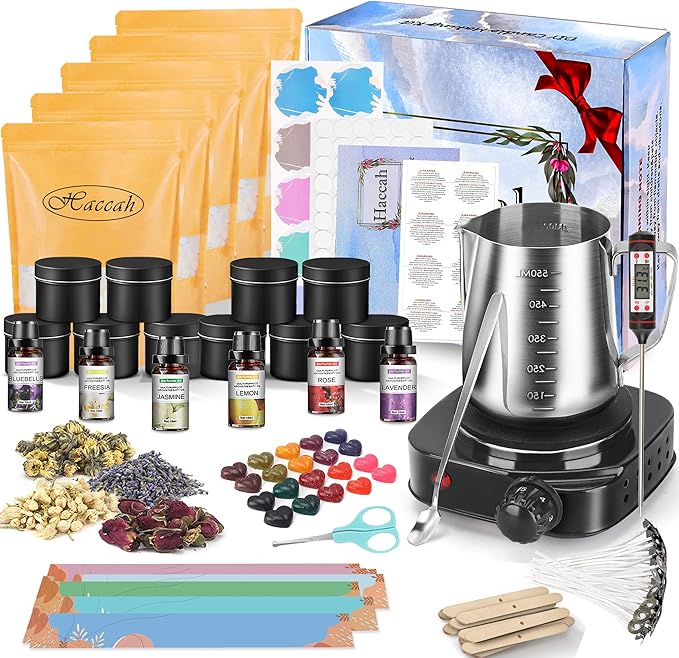
Crafting & Hobby Kits
- Candle Making Kit – Wax, wicks, dyes, stirring sticks and labels.
- Embroidery & Cross-Stitch Kits – Pre-cut fabric, thread, and small needles.
- Macramé Kits – Cotton cord, wooden beads, and metal rings.
- Knitting & Crochet Kits – Mini skeins of yarn and crochet hooks.
- Paper Craft Kits – Origami paper, scrapbook cutouts, and die-cut shapes.
- Beading & Jewelry Kits – Pre-sorted beads, clasps, and wire.
- Felting Kits – Wool roving, felting needles, and foam work surfaces.
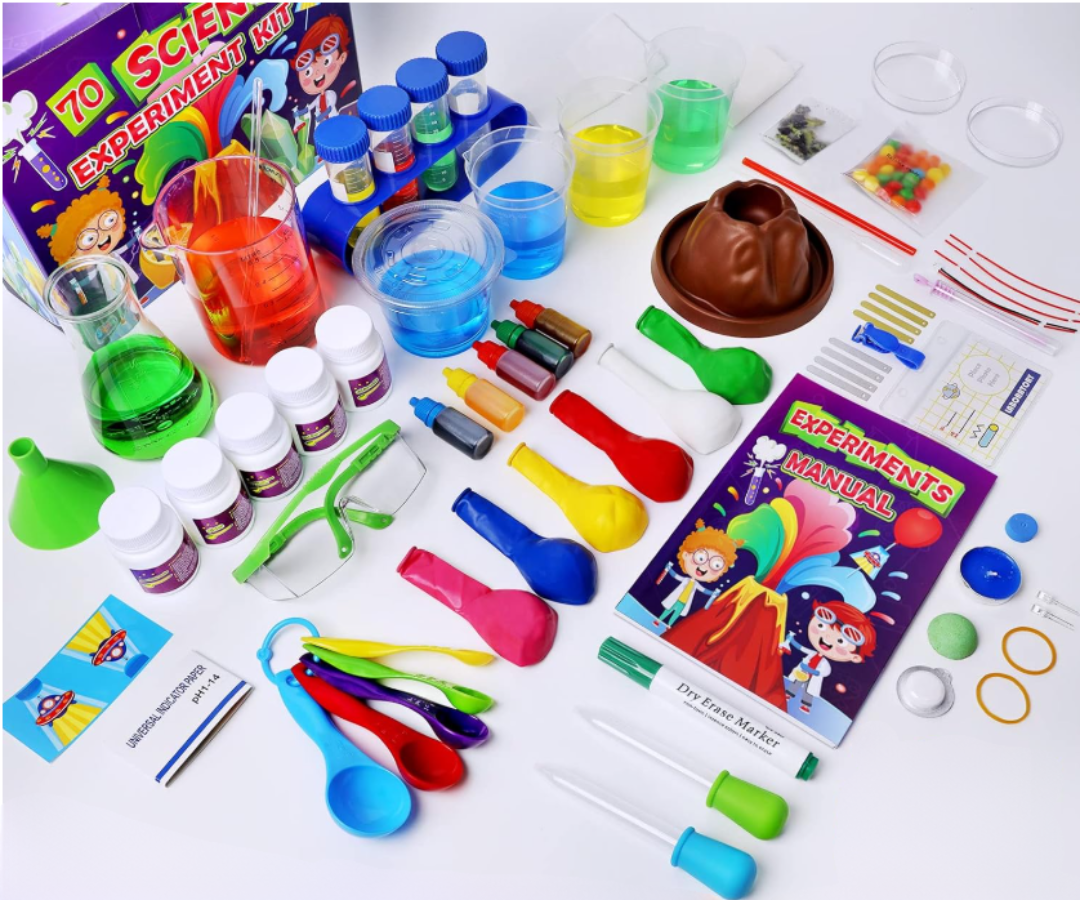
Educational & STEM Kits
- Build-Your-Own Circuit Kits – Resistors, capacitors, and LED lights.
- DIY Chemistry Kits – Crystals, powders, and reaction-based materials.
- Mechanical Gear Kits – Gears, pulleys, and small components.
- Solar-Powered Model Kits – Mini solar panels and wiring.
- Bookbinding Kits – Pre-cut covers, stitching guides, and binding thread.
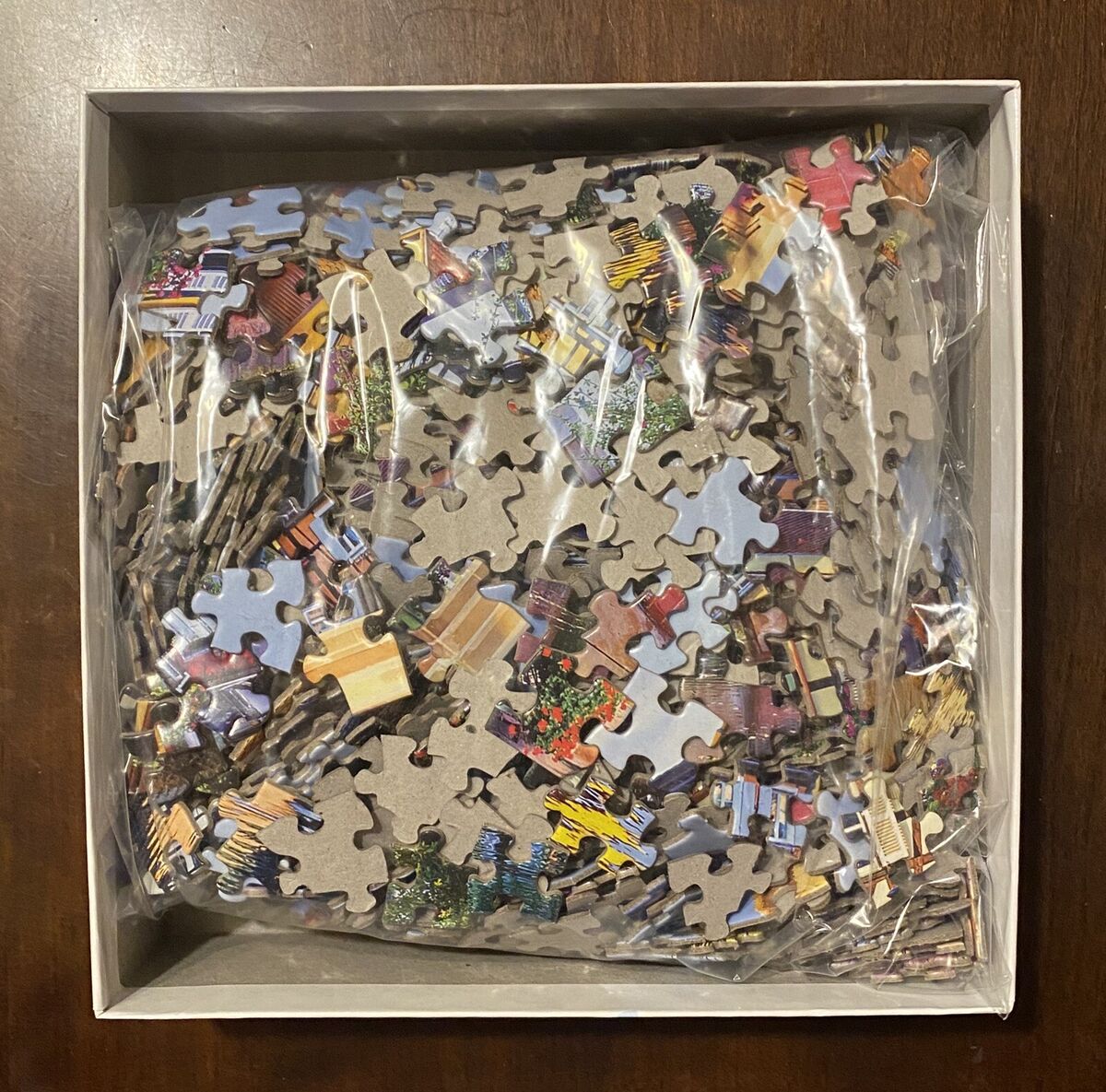
Toys & Games
- Puzzle Kits – Jigsaw puzzles, wooden or metal brain teaser sets.
- DIY Miniature Kits – Small-scale furniture, dollhouse decor, and accessories.
- Model Building Kits – Laser-cut wood pieces for trains, planes, and cars.
- Papercraft Diorama Kits – Layered paper backgrounds and assembly templates.
- Sticker & Decal Kits – Pre-cut designs for DIY customization.
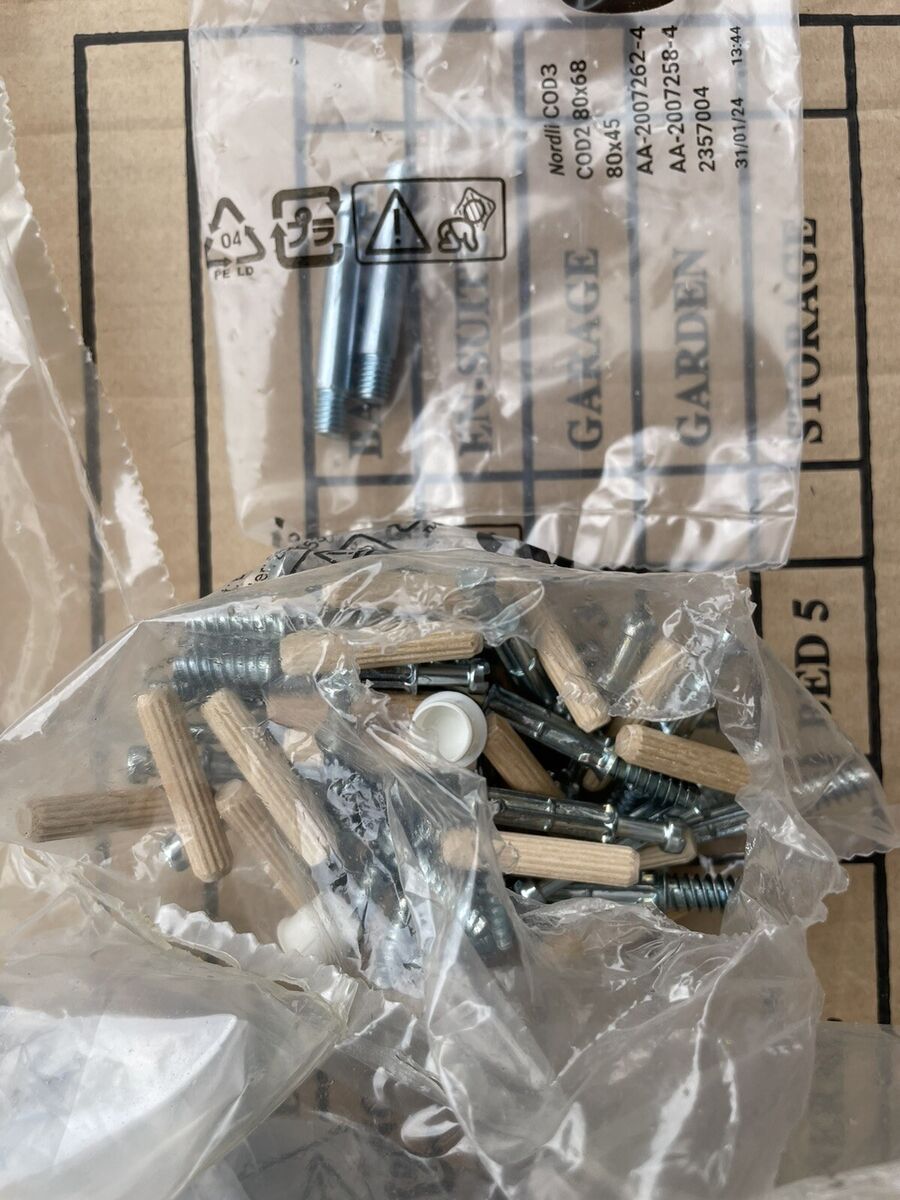
DIY Furniture & Home Assembly
- Flat-Pack Furniture Accessories – Screws, bolts, and small hardware.
- Home Repair Kits – Extra wall anchors, fasteners, and assembly tools.
- Decorative Craft Kits – Wooden cutouts for home projects.
- Wire Art Kits – Wire coils and shaping tools for home decor projects.

Other Potential Uses
- Event & Conference Kits – Badges, lanyards, and small promotional materials.
- Tech Accessories – Charging cables, adapters, and small electronic components.
- Stationery Bundles – Notebooks, sticky notes, and office supplies (if single-use).
- Collectibles & Trading Cards – Non-sealed packaging for limited edition items.
Ocea™ bags provide an eco-friendly, visually appealing, and practical packaging solution for brands looking to move away from plastic. With applications across multiple industries, they’re a smart choice for businesses aiming to combine sustainability with premium presentation. Interested in custom paper polybag alternatives?
